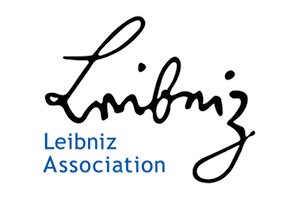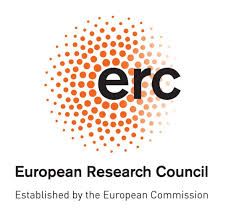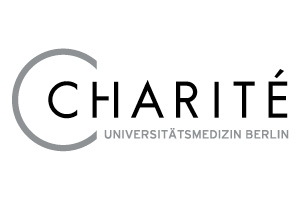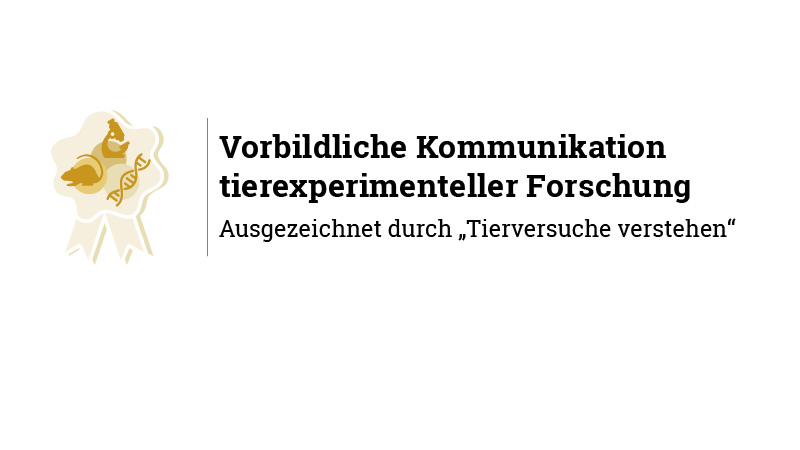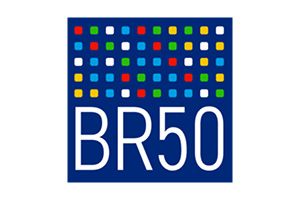Growing variety of therapies improves care in rheumatology

Annual report from National Database of the Collaborative Arthritis Centers published
At the beginning of May, the current annual report from the National Database of the Collaborative Arthritis Centers (NDB) was published in the Zeitschrift für Rheumatologie under the leadership of Dr. Katinka Albrecht and Dr. Johanna Callhoff from the DRFZ. The evaluation shows a decline in disease activity for many diagnoses. It is especially positive that patients are now able to cope much less frequently or completely without cortisone – progress that is primarily due to the expanded range of therapies.
Growing range of therapies
In recent years, the therapeutic spectrum in rheumatology has continuously expanded. Particularly in the field of interleukin inhibitors, numerous active substances are now available for various indications: IL-1 inhibitors (IL-1i) are used in adult Still’s disease and genetic autoinflammatory diseases, IL-5i in eosinophilic granulomatosis with polyangiitis (EGPA), IL-6Ri in giant cell arteritis and rheumatoid arthritis, IL-12/23i and IL-23i in psoriatic arthritis and IL-17i in PsA and axial spondyloarthritis (axSpA). The spectrum is supplemented by tumor necrosis factor inhibitors (TNFi), BLyS inhibition, type I interferon receptor blockade, costimulation blockade and B-cell depletion.
National Database of the Collaborative Arthritis Centers
The NDB records over 13,000 patients with inflammatory rheumatic diseases every year, representing just less than 1% of the estimated total number of people affected in Germany. All patients from the NDB are treated in specialized rheumatology facilities. Through the nationwide participation of individual practices, medical care centers, hospitals and university outpatient clinics, the NDB reflects different care sectors as well as regional diversity from large cities to rural areas.
The special thing about the core documentation is the continuous recording of rheumatological care for over 30 years
says Dr. Johanna Callhoff, head of the NDB and group leader of the Health Services Research group at the DRFZ. This makes it possible to map treatment trends as well as many patient-reported data on the burden of disease and quality of life.

